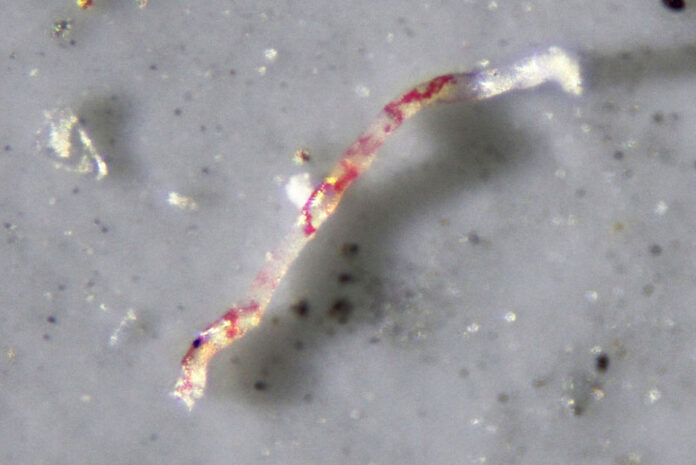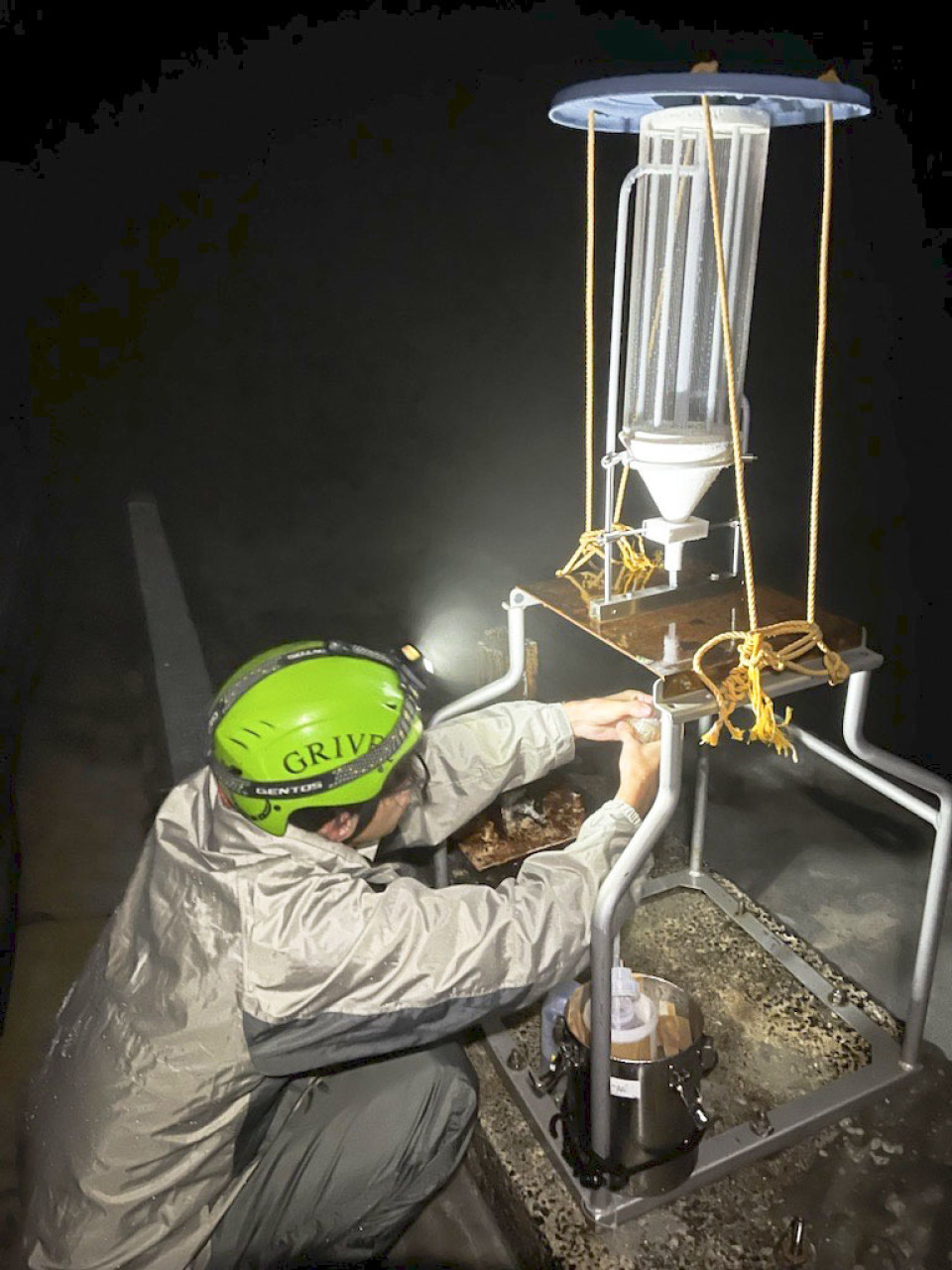
Microplastics are widely recognized as a major marine pollutant, but their lesser-known presence in the air has become a major concern in recent years due to the possible risks posed to human health.
Japanese researchers leading studies on the issue have confirmed that microplastics have infiltrated the skies and gone on to make their way into clouds and snow. It is possible they can be ingested into the human body in their airborne state and could then move into the vascular system, they said.
Hiroshi Okochi, professor of environmental chemistry at Waseda University, and Hiroshi Ono, an associate professor at Hokkaido’s Kitami Institute of Technology, are among those dedicated to advancing research that is still in its infancy stage.
Microplastics measure less than 5 millimeters in length. They are produced when plastic waste is broken down by ultraviolet light and natural forces such as wind and waves.
Microplastics are considered chemically harmful to organisms because their relatively large surface area allows them to absorb and transport toxic substances. When ingested by organisms, the plastics release the chemicals which can enter the human food chain through fish and shellfish, damaging both natural ecosystems and the people that rely on them.
Okochi and his research team demonstrated for the first time through field observations conducted from 2021 to 2022 that microplastics were contained in cloud water collected in three locations, including the summit of Mt. Fuji.

The airborne particles become less water-repellent due to ultraviolet degradation, with evidence to suggest they may act as condensation nuclei of cloud ice and water, the researchers said.
Microplastics emit greenhouse gases when degraded by UV light. The researchers think they might hasten cloud formation, making it more difficult for the sun’s rays to reach the earth’s surface and thus interfering with predictive models of global warming.
Okochi’s team hypothesizes that airborne microplastics originate both from land- and ocean-based sources.
“In Japan, the most likely source is marine microplastics, which are blown up from the neighboring seas by typhoons and winter monsoons from the northwest,” Okochi said.
Ono of the Kitami institute, who specializes in cryology, or the study of snow and ice, discovered microplastics in snow.
Analysis of snow collected at nine locations in Hokkaido from 2021 to 2023, including the World Natural Heritage site of Shiretoko and Mt. Asahidake, found microplastics at all sites investigated.
In Shiretoko and other similarly remote areas, the majority of the materials found were less than 0.06 mm, a relatively small size. They included particles of polyethylene used for plastic containers thought to have been transported in the air.
In urban areas, synthetic rubber particles and relatively large microplastics were primarily found, most likely of local origin from sources such as car tires.
Supplied photo shows microplastics found in snow in Hokkaido. (Photo courtesy of Hiroshi Ono, associate professor at Kitami Institute of Technology)(Kyodo)
According to Okochi, microplastics in the atmosphere are less than 0.1 mm, which is small in comparison to those in the ocean, but they deteriorate more quickly because they are exposed to strong UV light.
As for health concerns, inhaled microplastics are thought to accumulate in the lungs, with the finer particles making their way into the bloodstream and then spreading around the body. But they are difficult to expel unlike plastics ingested through contaminated food and drink, he said.
The first paper referring to microplastics in the atmosphere appeared in 2016. Due to it being a relatively new field of study with a lack of standardized methodology, there has been little progress on grasping the actual severity of the situation, such as the amount of microplastics in the atmosphere and their size.
“There are still many things we don’t know. We would like to clarify the health risks in particular and consider how to deal with them,” Okochi said.















































